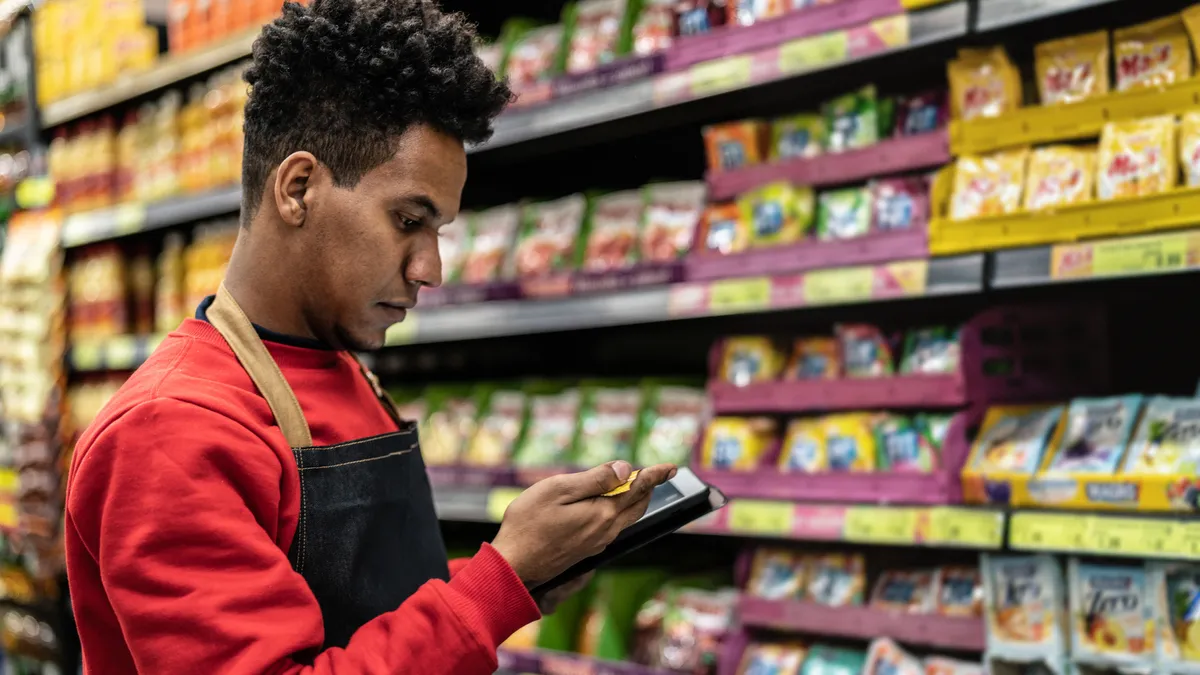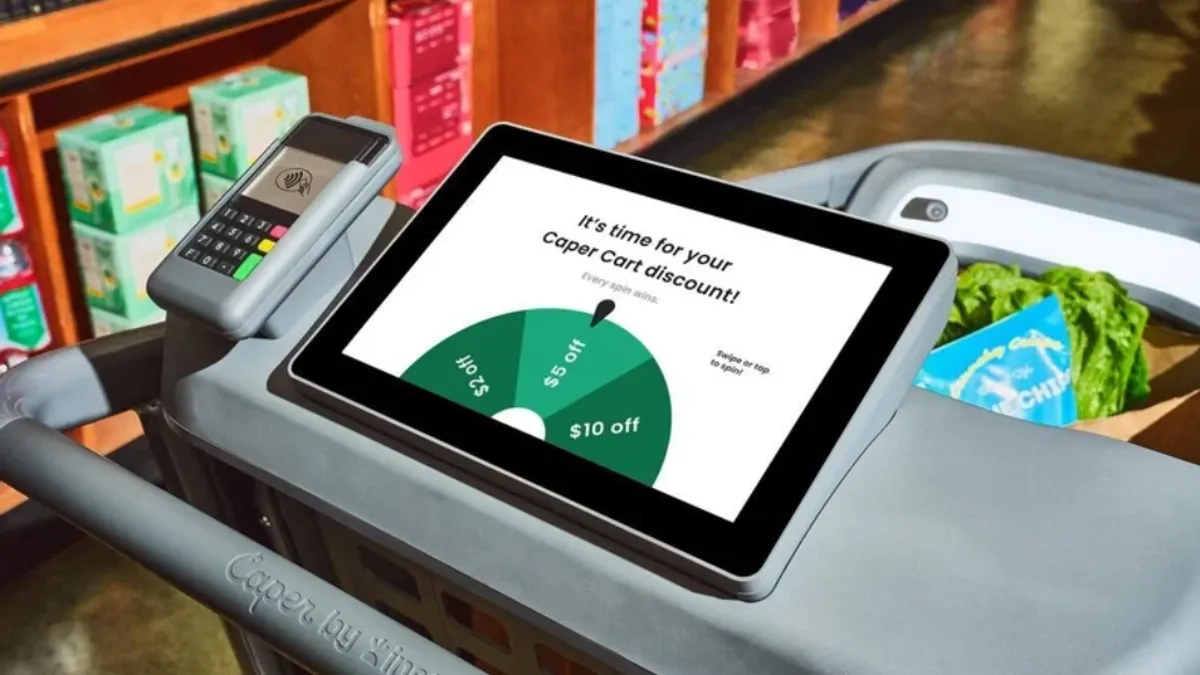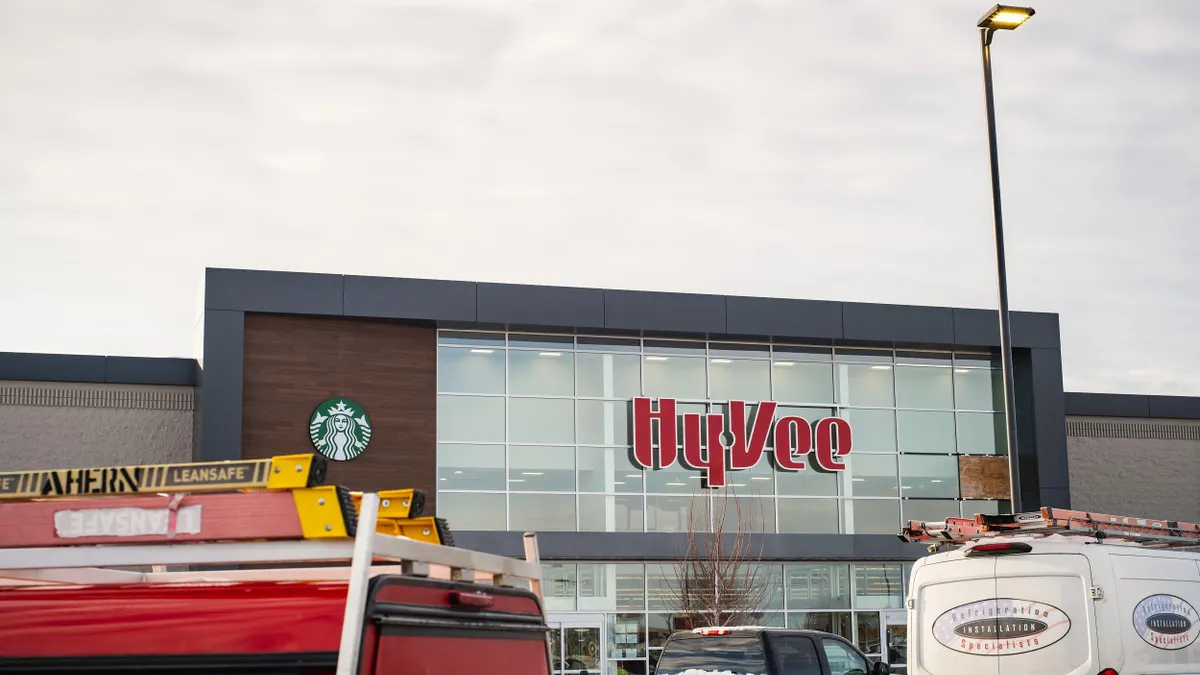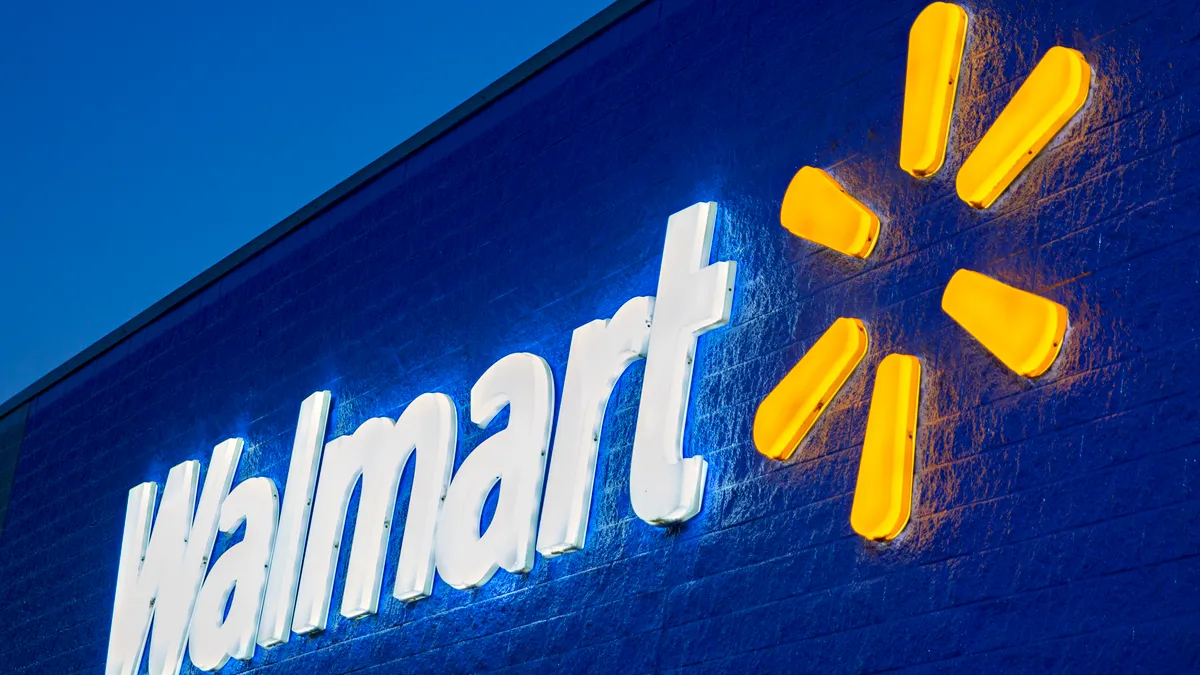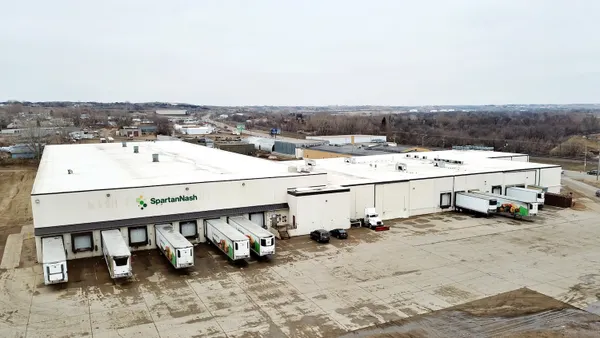Artificial intelligence has taken the grocery industry by storm in recent years, with generative AI emerging as the newest trend looking to help food retailers streamline operations, reduce labor and increase profits.
Yet grocers are increasingly saying that digital tools serve as just that — tools instead of be-all, end-all solutions. At the National Retail Federation’s annual conference in New York City this year, they emphasized the importance of understanding how technology intersects with customer and employee needs.
Several grocers, including Schnuck Markets and Giant Eagle, spoke at the conference about the importance of balancing the benefits of technology with the impacts it can have on labor, from getting workers comfortable with new technology to making sure they feel a sense of purpose with their work.
“I see a lot of technology [at NRF], but it all goes back to: ‘What is the human connection that this technology is in service of?’... Technology by itself is kind of meaningless to us,” said Shipt Vice President of Sales Development and Innovation Jon Fahrner.
Putting workers first
While technology can be more efficient than human workers, Wegmans sees value in the “human touch” that workers provide, said Smita Katakwar, the grocer’s senior vice president of technology. As the popular grocery chain evaluates technology, it’s seeking out solutions that handle the laborious and boring tasks for its workers.
“We go after purposeful automation where we are freeing up other people's capacity to do more meaningful work and any redundant and tactical [tasks]… we are delegating to machines, because what our people excel at is relationship building, creativity, connecting dots,” said Katakwar.
Examples of that include data entry and in-store temperature tests, Katakwar said, noting that Wegmans’ development of a solution to handle temperature checks that were once done manually has freed up associates to use the time to learn more about products and then better engage with customers’ queries.
“Our job is to make technology invisible and let the human shine whenever there is a customer interaction,” Katakwar said.
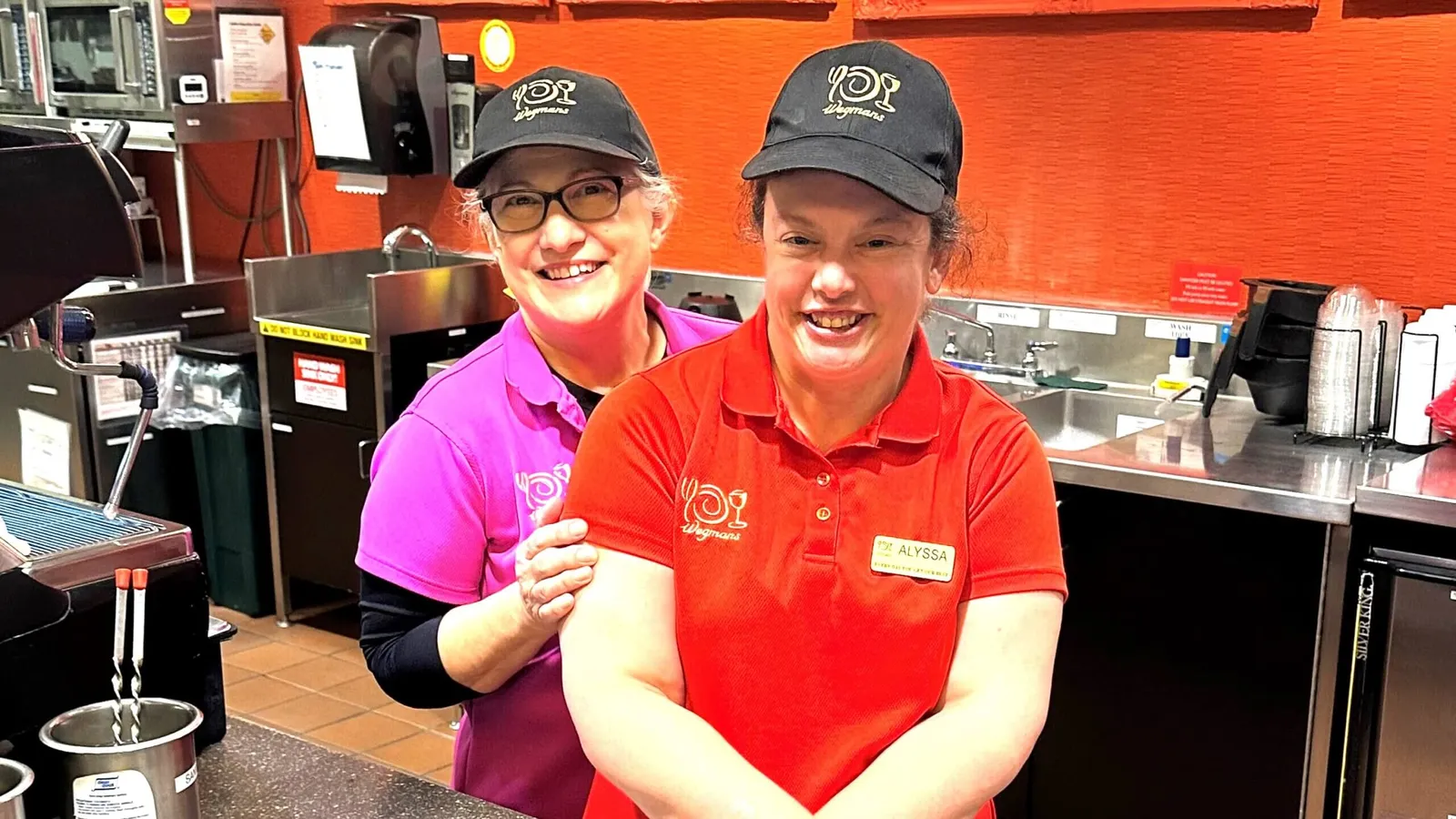
Midwestern chain Schnuck Markets has created a feedback loop that allows its executives to learn from the grocer’s frontline workers.
The corporate office has paid close attention to how workers use piloted solutions and if the technologies it tests are “actually achieving what we think theoretically they should achieve,” Schnucks Chief Data Officer and Deputy CIO Tom Henry said.
Solutions that have worked successfully include offering Flexforce, a flexible labor option that allows workers to choose part-time shifts at store locations while receiving the same benefits as traditional Schnucks employees, and using software company Logile to prioritize and communicate specific, key job responsibilities for the workers clocking in, Schnucks executives on the panel said.
“If you have a happy employee base, that’s going to create a happy and loyal customer base,” Henry said.
Driving digital adoption
While grocers’ corporate offices can identify promising technology, communicating the value of the solutions and encouraging adoption among workers can be a challenge.
When Giant Eagle started working with Axonify to revamp its onboarding process and worker communication platforms to boost its retention rate, the grocery chain didn’t want the partnership to seem like an HR initiative, but rather a business tool, said Janis Leigh, executive vice president and chief people officer at Giant Eagle.
With a workforce of 36,000 people, Giant Eagle’s human resources team decided to phase in Axonify’s solution, which was branded in-house as “Thrive” and serves as an onboarding, training and internal communications platform, by first piloting it with the GetGo convenience and fuel locations due to the smaller team sizes, Leigh said.
To incentivize user adoption, Giant Eagle tied strong participation rates to leaders’ quarterly bonuses, Leigh said. Meanwhile, workers using Thrive can earn points for completing trainings or taking quizzes, which they can then use to enter raffles for prizes like tickets to local sporting events.
Giant Eagle then used its findings, including data around user engagement, from the pilot to launch Thrive in other parts of its business, like its supermarkets and pharmacies, Leigh said.
“If you have a happy employee base, that’s going to create a happy and loyal customer base."

Tom Henry
Schnucks Chief Data Officer and Deputy CIO
Retention, which had hovered at around 30% to 40% before the Axonify partnership, has shot up to an average of 60%, with some stores seeing 80% retention, Leigh said. With the trainings available on Thrive, team members can receive cross-department instruction to more easily move around the store, Leigh said, adding that the company has identified top performers to serve as department “experts” for peer-to-peer training.
Save A Lot has faced pushback from some workers with technology rollouts. After the discounter started working with technology partner Movista, which helps grocers with on-shelf compliance, Save A Lot found that some surveyed workers gave Movista negative reviews, said Mark Kotcher, the discounter’s senior vice president of field sales and marketing.
Kotcher said that those reviews “didn’t deter” Save A Lot from continuing to work with Movista: “I talked to my retail directors and managers .. and they shut me down right away. They're like, ‘No, no, no. And they have a problem with this is because [the solution is] holding them accountable.’”
Bridging divides between customers and retailers
Grocers and companies at NRF spoke to the importance associates play in helping retailers form relationships with their customers to drive increased loyalty and bigger baskets.
Target-owned e-commerce provider Shipt has found that when its personal shoppers have notified a customer about a favorite or previously purchased item, like a baby shampoo, spotted at the store they’re shopping, the customer often adds that item to their order, Fahrner said.

Shipt’s “Cool Finds” program aims to further elevate that personalization by allowing personal shoppers to provide recommendations to customers, giving them a “window” into in-store shopping that could spark add-ons for things like seasonal or limited edition items, Fahrner said.
“We think the human part is our differentiator,” Fahrner said.
Schnucks also sees value in having workers interact with customers. While working at a Schnucks store over the Christmas holiday, Henry spotted a cashier named Ruby building and maintaining relationships with customers: “Every person who comes through that line knows her, knows her children. She knows their kids. There’s just a really interesting relationship that Ruby has with the community.”
For instances where grocers have turned to technology to handle tasks, humanizing the digital solutions has helped make them more acceptable to customers. Ahold Delhaize banner Stop & Shop has done just that with its mobile autonomous shelf scanner, known as Marty The Robot, with the addition of googly eyes and a smile.
The idea to humanize the robot came from a worker at a Giant store in Harrisburg, Pennsylvania, to turn what would normally be an austere robotic solution into a friendly and approachable aisle-roaming robot.
Initially focused on monitoring for floor hazards and spotting out-of-stocks, Marty now also serves as a brand ambassador of sorts for the Northeastern grocery chain, Karen Mitchell, Stop & Shop’s chief marketing officer and senior vice president, told Omni Talk during NRF.
Correction: A previous version of this story misstated the number of Giant Eagle employees. The grocery chain has roughly 36,000 workers.



